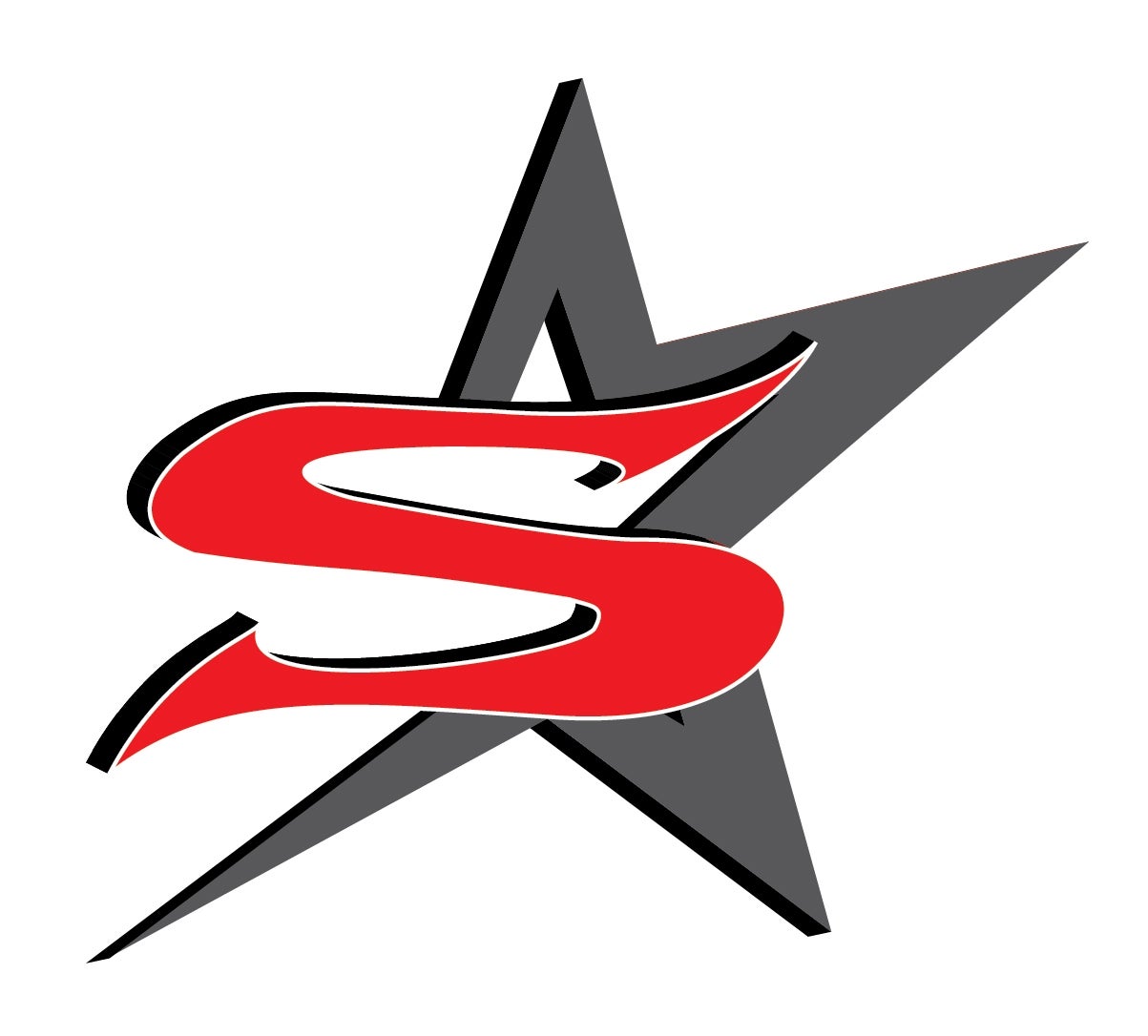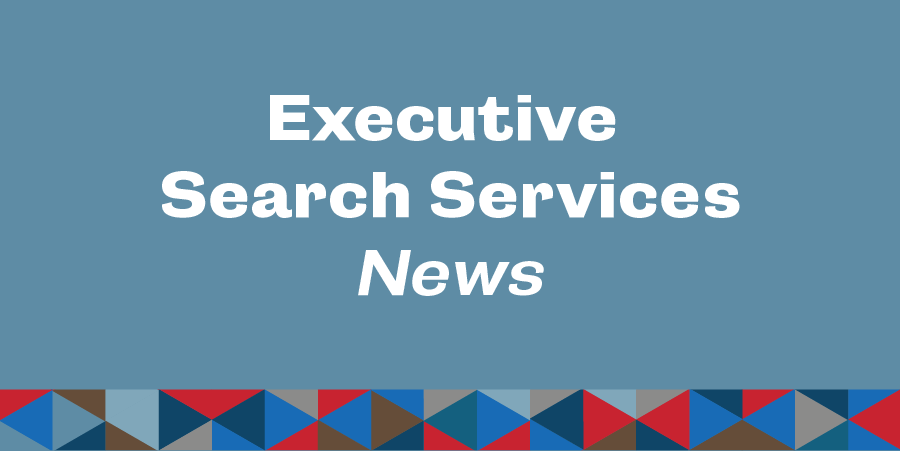Explaining the Differences Between Orientation and Onboarding
Many organizations believe orientation and onboarding are the same, but they’re two different experiences for new employees.
Orientation
Orientation is the first step in the onboarding process. It’s the initial welcome and introduction to the organization’s history, mission, vision, values, and organizational structures. Common orientation activities include completion of new hire paperwork, benefits enrollment, and introduction to payroll procedures, administrative and technology services, and policies. The human resources department usually leads the orientation process, which typically lasts one or two days.
Onboarding
Onboarding is the ongoing, comprehensive process of integrating new employees with an organization and its culture. The process, which can last up to a year or more, mainly occurs at the department or campus level between supervisors and employees.
Successful onboarding allows new hires to learn the social and performance aspects of the job, while securing the tools and information needed for their new positions. Advantages include, but aren’t limited to, quicker employee assimilation into the organization, higher productivity in the job, and increased probability of retention for the organization.
Getting Started
Some important decisions to consider prior to implementation include the following:
- When will onboarding begin and how long will it last?
- What role will HR, supervisors, and employees each play?
- What strategic orientation and onboarding training do the district and campus level supervisors need?
- What do new hires need to know about the organization, the culture, the formal and informal practices, the tools and supplies, communication, and the work environment?
- What devices, systems, and work area can be set up and ready for the new employee?
- What skills should the new employee acquire the first week, first month, and first year?
- What check-ins and supports will be provided to the new employee?
- What goals will the supervisor set for the new employee?
- How will HR gather feedback and what metrics will they use to measure success?
Onboarding Activities
As you think about the components of an onboarding process, consider using some various activities and engaging employees outside of HR as facilitators. For example, in some districts, new hires take a bus tour of the town or visit the various campuses. Expanding this into monthly activities introducing different community points of interest (e.g., taste of the town, local park tours, and theater engagements) provides additional opportunities for new employees to engage in community activities. This also may reenergize the facilitators, help develop social connections with new employees, and increase their job satisfaction.
Measuring Outcomes
The final step in the development of an onboarding processes is evaluating or collecting feedback from participants. A new hire survey, editable for local needs, is available in the HR Library. The survey can be used for all employee groups and includes a section for teachers to gather information about mentoring and other support.

Cheryl Hoover
Cheryl Hoover joined HR Services in 2018. She assists with staffing and HR reviews, training, and other HR projects. During Hoover’s public school career, she served as an executive director of curriculum and principal leadership, executive director of human resources, principal, assistant principal, teacher, and coach.
Hoover earned her bachelor’s degree from The University of Texas at Austin and obtained her master’s degree from Texas State University. She is a certified PHR.
HR Services

Subscribe to HRX
Stay up to date with all the latest HR news and trends by joining the HRX mailing list!





